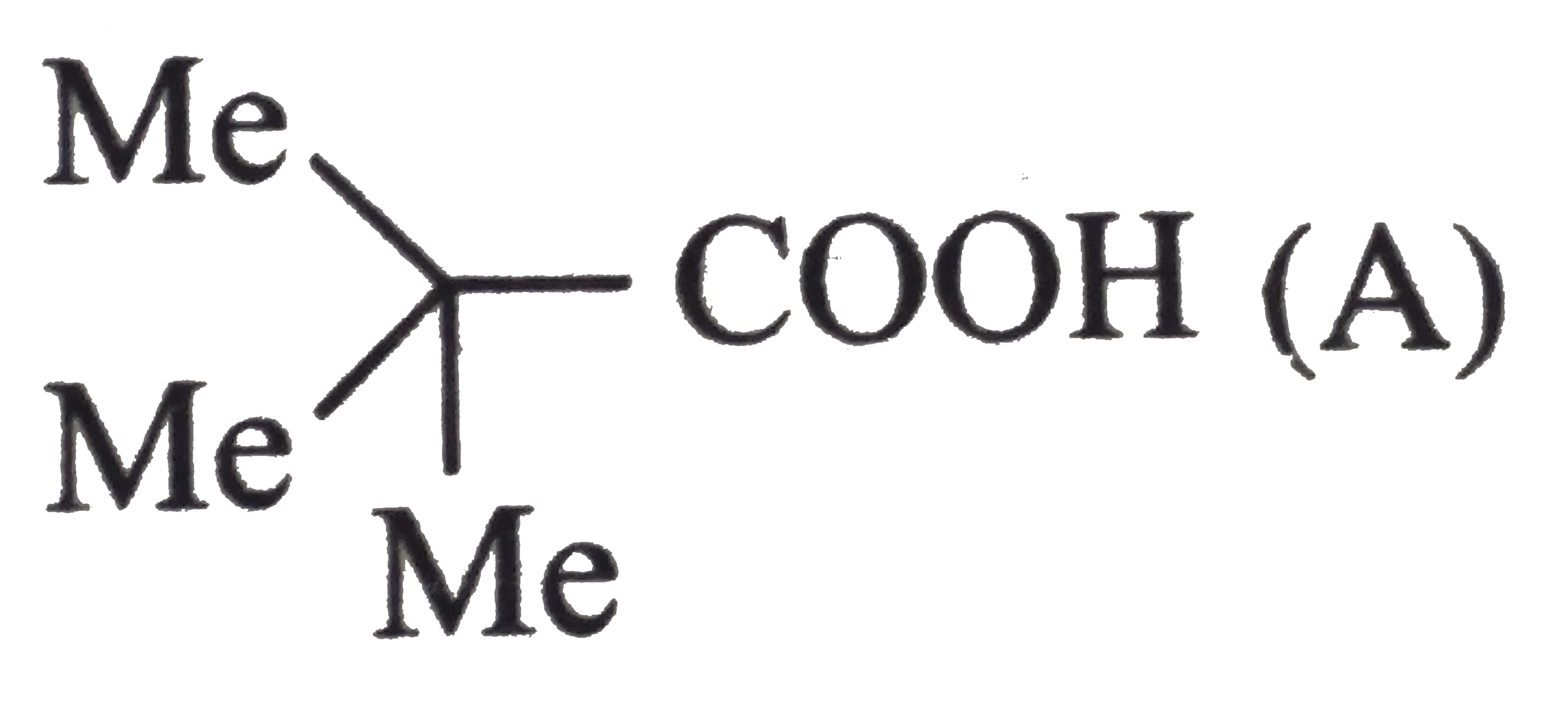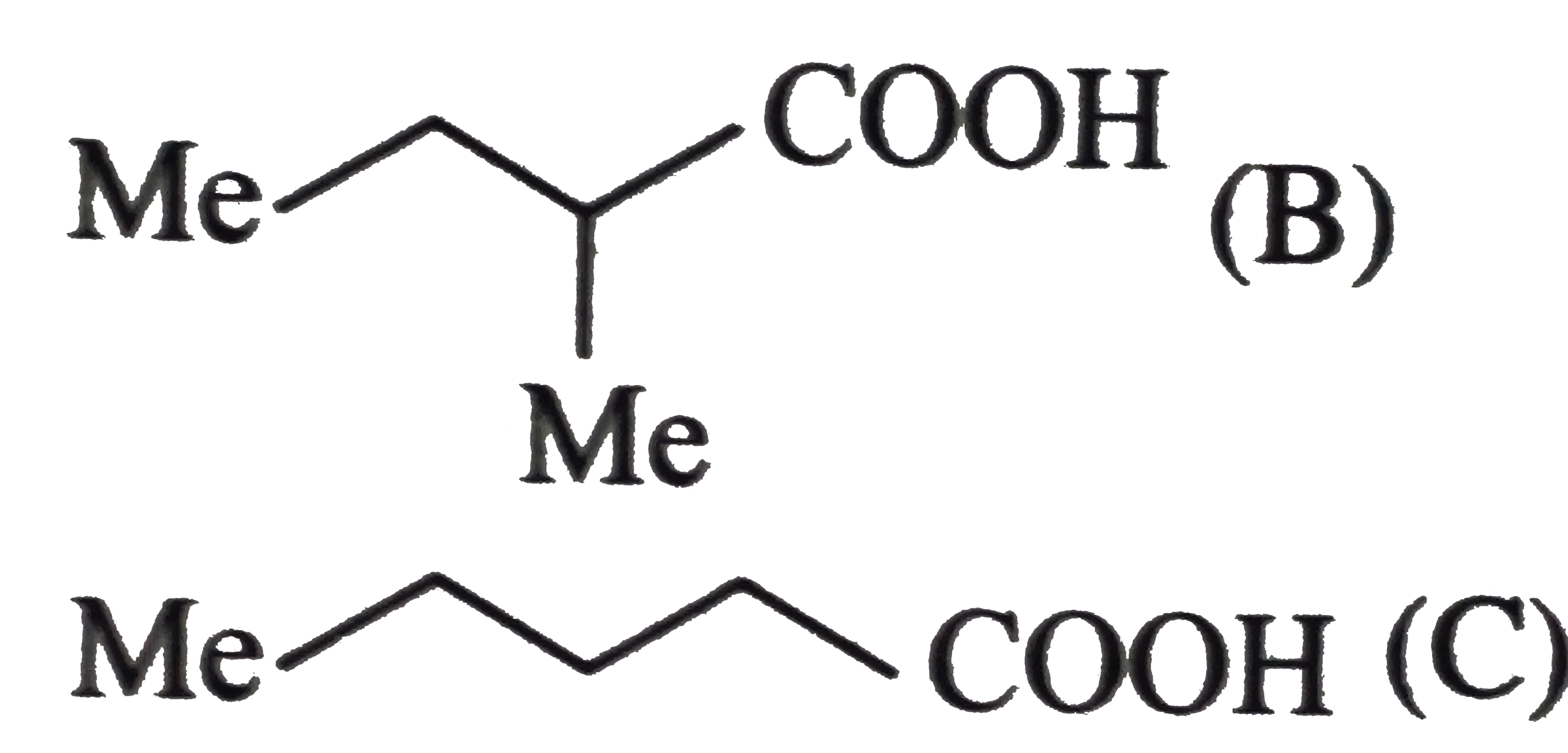Differentiate between the following:
Surface irrigation and sprinkler irrigation
Step-by-Step Text Solution:
1. Definition of Surface Irrigation:
- Surface irrigation is a method where water is applied directly to the soil surface and allowed to flow over the field by gravity. This technique involves the use of channels or furrows to distribute water across the field.
2. Mechanism of Surface Irrigation:
- In surface irrigation, water is supplied through pipes or channels that are laid out in the field. The water seeps into the soil and reaches the roots of the plants. The distribution of water occurs in different stages, ensuring that the soil moisture is adequately maintained.
3. Definition of Sprinkler Irrigation:
- Sprinkler irrigation is a method where water is sprayed over crops in the form of droplets, similar to natural rainfall. This system uses a network of pipes, pumps, and sprinklers to distribute water evenly across the field.
4. Mechanism of Sprinkler Irrigation:
- In sprinkler irrigation, the pipes are usually placed underground, and water is pumped through them. The water is then sprayed out through nozzles or sprinklers positioned above the ground, targeting the crops directly. This method ensures that water is distributed uniformly over the entire field.
5. Key Differences:
- Water Application:
- Surface Irrigation: Water is applied to the soil surface and allowed to flow.
- Sprinkler Irrigation: Water is sprayed over the crops in the form of droplets.
- Water Distribution:
- Surface Irrigation: Water seeps into the soil and reaches the roots through gravity.
- Sprinkler Irrigation: Water is distributed evenly through a network of pipes and nozzles.
- Soil Interaction:
- Surface Irrigation: Water interacts with the soil surface and may lead to surface runoff if not managed properly.
- Sprinkler Irrigation: Water is delivered directly to the plants, minimizing soil erosion and runoff.
- Installation and Maintenance:
- Surface Irrigation: Generally simpler to install but may require more maintenance for channels and furrows.
- Sprinkler Irrigation: More complex to install due to the need for pumps and nozzles, but can be more efficient in water usage.
- Surface irrigation is a method where water is applied directly to the soil surface and allowed to flow over the field by gravity. This technique involves the use of channels or furrows to distribute water across the field.
- In surface irrigation, water is supplied through pipes or channels that are laid out in the field. The water seeps into the soil and reaches the roots of the plants. The distribution of water occurs in different stages, ensuring that the soil moisture is adequately maintained.
- Sprinkler irrigation is a method where water is sprayed over crops in the form of droplets, similar to natural rainfall. This system uses a network of pipes, pumps, and sprinklers to distribute water evenly across the field.
- In sprinkler irrigation, the pipes are usually placed underground, and water is pumped through them. The water is then sprayed out through nozzles or sprinklers positioned above the ground, targeting the crops directly. This method ensures that water is distributed uniformly over the entire field.
- Water Application:
- Surface Irrigation: Water is applied to the soil surface and allowed to flow.
- Sprinkler Irrigation: Water is sprayed over the crops in the form of droplets.
- Water Distribution:
- Surface Irrigation: Water seeps into the soil and reaches the roots through gravity.
- Sprinkler Irrigation: Water is distributed evenly through a network of pipes and nozzles.
- Surface Irrigation: Water interacts with the soil surface and may lead to surface runoff if not managed properly.
- Sprinkler Irrigation: Water is delivered directly to the plants, minimizing soil erosion and runoff.
- Surface Irrigation: Generally simpler to install but may require more maintenance for channels and furrows.
- Sprinkler Irrigation: More complex to install due to the need for pumps and nozzles, but can be more efficient in water usage.
Topper's Solved these Questions
- IMPROVEMENT IN FOOD RESOURCES : PLANTSBook:CENGAGE BIOLOGYChapter:IMPROVEMENT IN FOOD RESOURCES : PLANTSExercise:MANDATORY EXERCISE (Exercise Set II)
Explore 20 Videos
- IMPROVEMENT IN FOOD RESOURCES : PLANTSBook:CENGAGE BIOLOGYChapter:IMPROVEMENT IN FOOD RESOURCES : PLANTSExercise:CONSOLIDATED EXERCISE
Explore 7 Videos
- IMPROVEMENT IN FOOD RESOURCES : PLANTSBook:CENGAGE BIOLOGYChapter:IMPROVEMENT IN FOOD RESOURCES : PLANTSExercise:CHALLENGING EXERCISE
Explore 4 Videos
- HEALTH, HYGIENE, AND DISEASES Book:CENGAGE BIOLOGYChapter:HEALTH, HYGIENE, AND DISEASES Exercise:CHALLENGING EXERCISE
Explore 2 Videos
- TISSUES Book:CENGAGE BIOLOGYChapter:TISSUES Exercise:CHALLENGING EXERCISE
Explore 2 Videos
Similar Questions
Differentiate between the following.
Flora and fauna
View SolutionDifferentiate between the following acids :
(a)
(b)
View SolutionDifferentiate between the following.
Gametophyte and sporophyte
View SolutionDifferentiate between the following
Tendons and ligaments.
View SolutionDifferentiate between the following.
Prothalius and protonema
View SolutionDifferentiate between the following.
Apogamy and apospory
View SolutionDifferentiate between the following:
(a) Micronutrients and macronutrients
View SolutionDifferentiate between the following
(a) Exocrine and endocrine gland.
View SolutionDifferentiate between DNA and RNA.
View SolutionDifferentiate between ureter and urethra.
View Solution